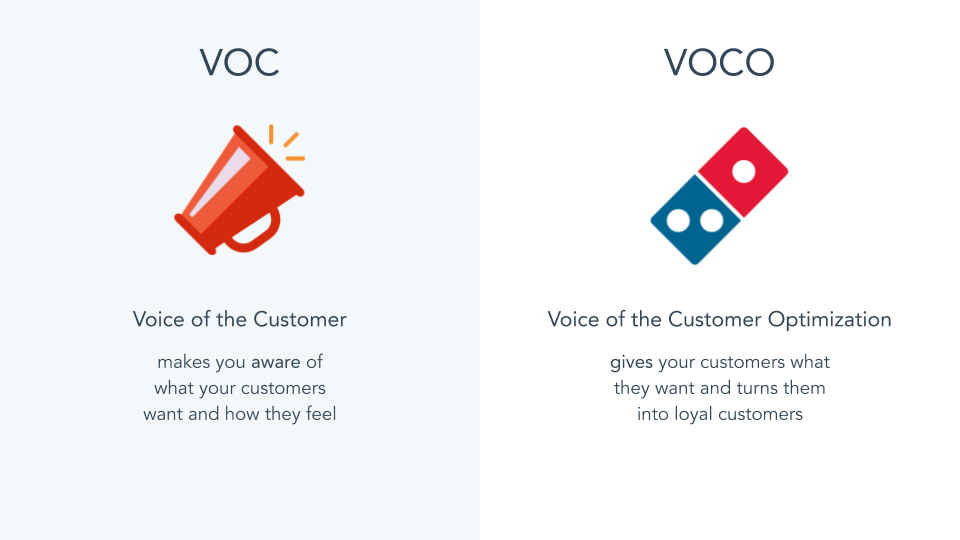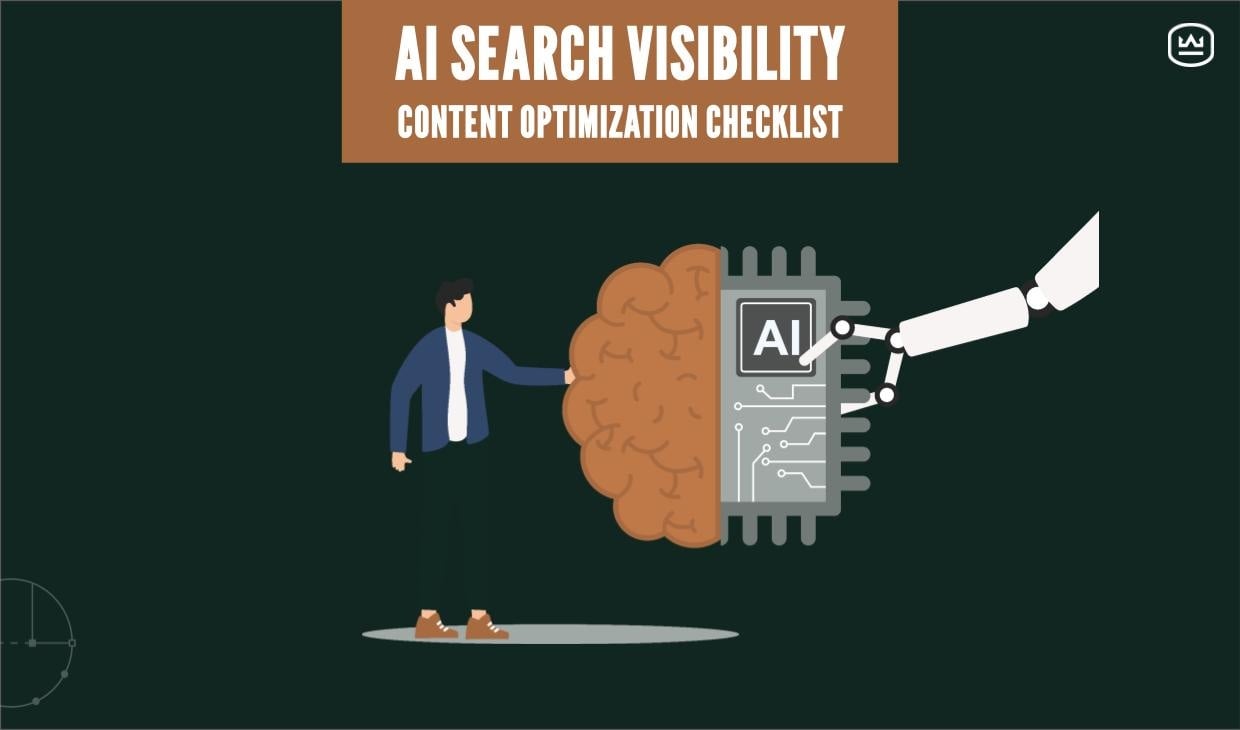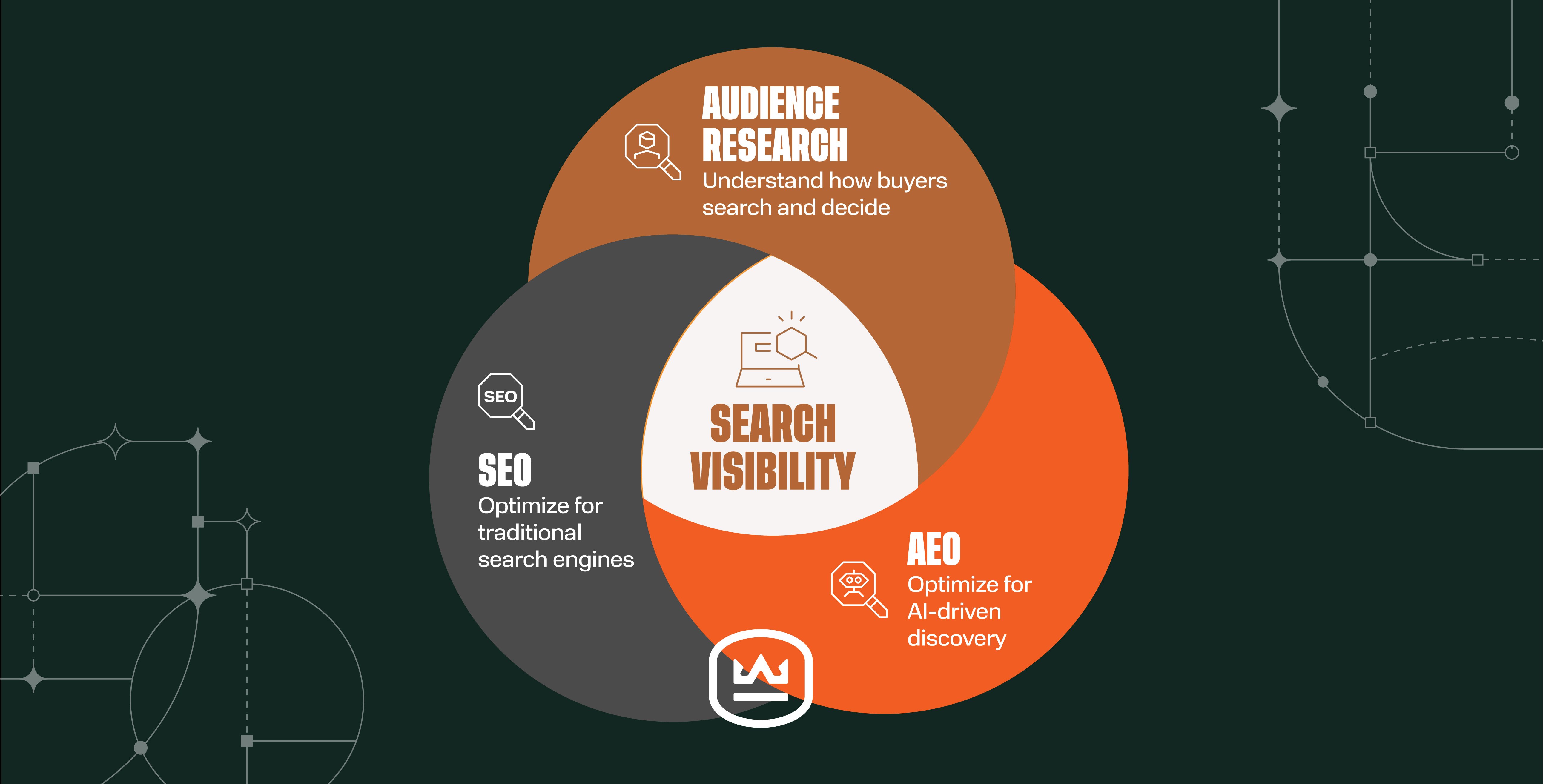“&%$!” (Part I) — Creating an Optimized Voice of the Customer Program
Written by

Here’s your stat of the day: 80% of CEOs believe their company delivers a superior customer experience, yet only 8% of customers agree that they experience superior customer service.1
Holy &%$! Why such a huge difference? How can CEOs be so out of touch with customers? Obviously, many companies could benefit from an effective voice of the customer program.
This article is the first of two exploring voice of the customer and was inspired by a visit to Weidert Group by Kevin Dunn, HubSpot Academy Education Manager. Last week he presented at the Appleton HubSpot User Group (HUG) gathering, which are regularly hosted by Weidert Group. Kevin also hosts an intriguing biweekly video web series, Agency Unfiltered, during which he engages in frank conversations with inbound marketing agencies around the country.
What exactly is “voice of the customer” (VOC) and how can it be optimized to add value to any organization?
Voice of the customer makes you aware of what your customers want and how they feel. It’s listening to customer feedback (preferences, aversions, overall satisfaction) about their experience. It consists of both quantitative data (numerical) and qualitative data (feedback that could include colorful “&%$!” language).
Voice of the customer optimization leverages what customers want and turns them into loyal customers. It’s taking action (sharing results within an organization, interpreting feedback, implementing plans) to facilitate organizational improvement.

Image Credit: HubSpot
Thanks to Kevin for explaining that distinction. (If you’re wondering why the Domino’s Pizza logo, Kevin had an amazing case study on how Domino’s turned their business around in just the last 10 years — from a low point of $3 per share in 2009 to almost $300 per share and the largest global pizza chain in 2019 — all by focusing on VOCO.)
RELATED: Customer Interview Discussion Guide: The Voice of the Customer Questions You Should Be Asking
So, Why is Voice of the Customer Optimization so Important?
If this article’s opening 80/8 stat wasn’t enough to convince you, here are a few more.
- It costs businesses 5 – 25 times more to acquire a new customer than to keep an existing one happy.2
- Highly engaged customers buy 90% more often and spend 60% more per transaction.3
- Companies who prioritize the customer experience generate 60% higher profits than those that don’t.4
- 57% of people say they trust friends and family most when they explore a new product or company.5
These numbers show that making the effort to really know your customers is a worthwhile and potentially profitable undertaking. The entire landscape for how businesses market, sell, and service customers has changed. A solid VOC program allows you to take advantage of these changes.
When broken into stages, here’s how an optimized voice of the customer program flows:
- Stage 1: Gather customer feedback
- Stage 2: Deliver exceptional customer service
- Stage 3: Increase upsells, cross-sells, and referrals
- Stage 4: Engage promoters to obtain testimonials and boost word of mouth
- Stage 5: Supplement channels with reduced reach
- Stage 6: Lower customer acquisition cost, increase long-term value, improve profit
RELATED: 4 PROVEN CUSTOMER JOURNEY MAP TEMPLATES EVERY B2B COMPANY NEEDS
How Should You Gather Customer Feedback?
Okay, one more stat (again, shared by Kevin): 43% of customers don’t leave feedback because they believe the business doesn’t care.6 That makes gathering data inherently difficult.
That’s why using marketing software with built in feedback tools, such as HubSpot Service Hub, lets you connect with customers on their terms, increasing your ability to get impactful information. Here are three effective customer satisfaction metrics that can help you gather and track feedback.

- Customer Satisfaction (CSAT) — Helps you understand what customers think about a specific aspect of your product or service. For example: “How satisfied were you with your experience?”
Customers who are unlikely to reply to an email may respond to a one-click customer satisfaction score.
- Customer Effort Score (CES) — Measures the ease of an experience. Identifies how to improve your support or customer experience. For example: “How easy did we make it to find the answer to your question?”
These often realize high response rates due to the brevity and simplicity of the question.
- Net Promoter Score (NPS) — Helps you understand the overall experience customers have with your product or service over time. For example: “How likely are you to refer Sample Manufacturing Company to a friend or colleague?” with a 0 to 10 point scale.
To calculate NPS, subtract the percentage of detractors (those who scored 0-6) from the percentage of promoters (those who scored 9-10).
RELATED: How to Map Your Customer Journey for More Helpful HubSpot Feedback Surveys
We’ve Only Just Begun!
In Part II, we’ll continue to explore creating an optimized voice of the customer program, focusing on tips for:
- Improving survey response rates
- Strategically analyzing customer feedback
- Using marketing automation software
- And exploring more ways to avoid customer feedback that starts with “&%$!”
The results you get from your VOC program will help fuel your annual marketing plan, in which setting relevant customer-related goals and plans for turning delighted customers into promoters is important and budgeting for these tactics is vital. Review our loaded toolkit page, Annual Marketing Plan Template & Resources, by clicking below.
Subscribe To Our Blog
Information. Insights. Ideas. Get notified every time a new Weidert Group blog article is published – subscribe now!
You May Also Like...

Search Engine Optimization
How Falcon Rebuilt Industrial AI Search Visibility in 2025

Search Engine Optimization
The New Search Visibility Checklist for AI-Era Content Marketing

Search Engine Optimization
SEO Isn’t Dead. It’s Evolving: How B2Bs Can Stay Visible in the Age of AI
Accelerate Your Growth with
Weidert Group
If you’re ready to explore a partnership, request a personalized consultation with our team.

